
A drinking fountain mounted on a corridor wall would likely be in the circulation path and subject to the limitations related to protruding objects.
Yesterday’s post about protruding objects raised a related Quick Question:
The IBC section addressing limitations on protruding objects references projections into “circulation paths.” What is a circulation path?
The IBC defines the term “circulation path” – you can tell that it is a defined term because it is italicized in the code. The IBC definition is: An exterior or interior way of passage from one place to another for pedestrians.
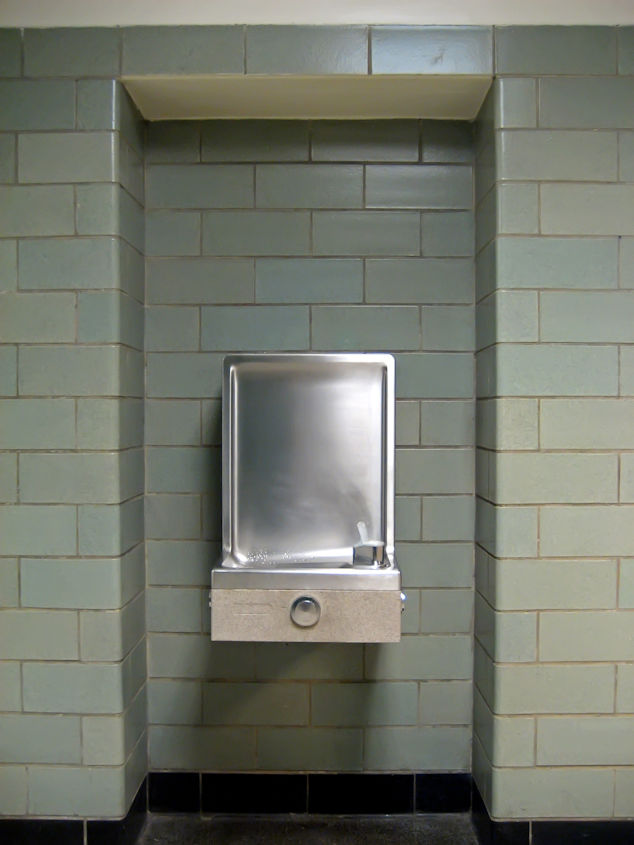
The limitations on protruding objects may not apply to a drinking fountain in an alcove, because it would not typically be in the circulation path.
To better understand what would qualify as a circulation path, we can reference the IBC Commentary, where examples are listed including sidewalks, walkways, corridors, aisles, courtyards, ramps, stairways and landings.
The Commentary acknowledges that defining which floor areas are circulations paths – and which floor areas are NOT circulation paths – can be subjective. For example, if a drinking fountain is installed in an alcove, it would not typically be considered a projection into the circulation path, and would not be subject to the limitations on protruding objects.
The code sections addressing protruding objects are not the only requirements that reference circulation paths. Other sections include the requirements for detectable warnings, slip-resistant surfaces, the use of exit passageways, and the accessibility of employee work areas and theater performance areas.
Because of the subjective nature of the requirements related to circulation paths, when in doubt it’s best to ask the Authority Having Jurisdiction (AHJ). But given the position of the buffet table in the situation I wrote about yesterday, I would definitely consider the railing supports as projections into the circulation path.
Do you have experience with requirements related to circulation paths? Please share your insight in the comments!
You need to login or register to bookmark/favorite this content.

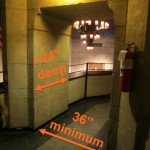
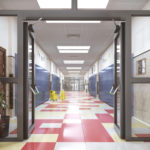
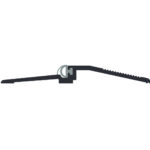
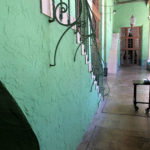


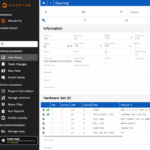

One critical aspect to keep in mind is that circulation paths are generally only for public access or pedestrians. Once you get in a back-of-house place meant for only employees that is not a method of egress, many of the rules change, so long as some basic requirements are met.
That’s a great point, Matt! Thanks!
– Lori
I can say that in our city, the building inspectors have taken a tact regarding circulation. They are now red-tagging areas in facilities where protrusions come into play anywhere that a disabled occupant would access….public OR employee. The specific citation was for a conference room where a TV monitor exceeded the 4-inch protrusion (the mounting bracket made the front of the monitor extend out to 4-1/2-inches. Because entry into the room and around the conference table could be used by that person, they deemed that within the circulation path and required it to become compliant. This was solved by constructing a small wall from the floor up to the bottom of the monitor in order to copmly.
THE BUFFET TABLE IN YESTERDAYS MAY BE CONSIDERED NOT PERMANENT AND BYPASSED BY RULES OR AN AHJ, NOT THAT THAT WOULD BE A IDEAL
Obviously the Building Code requirements when the Hotel was constructed were not as detailed as they would be for a building built today.
We can all be thankful for new Codes!!
I agree! The codes have gotten more detailed over time, helping to ensure more protection for building occupants.
– Lori